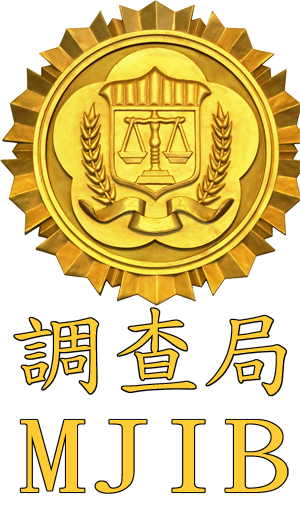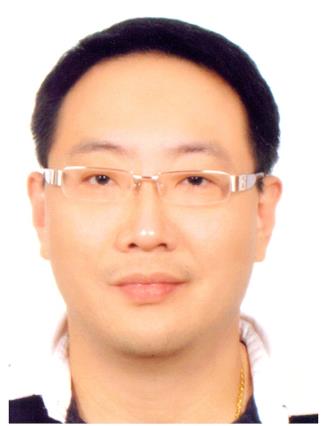涉嫌事實
楊正祥明知愷他命係毒品危害防制條例所規定之第三級毒品,於101年起共同侵占及販賣公務員因職務上持有之愷他命毒品,涉犯貪污罪條例第6條第1項第3款等罪。YANG, CHEN HSIANG was a confidential human source (also called an informant) of Syu Su-Liang, an officer on the narcotics team in the Keelung field office of the Maritime Affairs Field Division, Ministry of Justice Investigation Bureau (MJIB). From 2000, Syu had long been running up debts and started leading a thrifty life. Since then, Syu had borrowed money from Yang multiple times, incurring loans as much as NTD 300,000. In November 2012, Yang provided a tip-off for Syu to work on a case with the drug phenazepam (also called "Bonsai Supersleep", a drug classified as a category three narcotic on September 18th, 2013) involved. During the investigation, Syu accidentally caused losses to Yang's property. Since then, Yang later repeatedly questioned Syu to ask whether it would be possible to retrieve and sell the drugs kept in custody, and other similar statements. However, due to his long-term financial difficulties and the recurrent instigation of Yang, and despite his full knowledge of Subparagraph 3, Paragraph 2, Article 2 of the Narcotics Hazard Prevention Act classifying phenazepam as a category three narcotic, and that possessing and selling it is against the law, Syu used his many years of working experience in the field office to break the law. Syu knew clearly about the procedure for dealing with seized drugs; the drugs would first be weighed to measure the net weight of the pure narcotics, the net weight of the drugs, and the gross weight of the drugs. The figures would be recorded in accordance with examination reports and other relevant documents. The narcotics would not be weighed or examined again after the Forensic Science Department of MJIB finishes inspecting the drugs. Syu knew that the personnel in charge of storing the contraband goods would only confirm the weight listed on referral papers and see if the number of boxes matched the recorded figures when the seized drugs were transferred to the contraband storage of the District Prosecutor's Office. The personnel would then mark and seal the boxes to show that the amount of the stored narcotics was consistent with the recorded contents. They were already too busy to weigh the drugs, let alone open the boxes and test the contents within. Syu also knew that required documents, along with photographs of the drugs before being packaged and copies of inspection reports and referral papers, would be sent to related units. Worse yet, when the space at the contraband storage became insufficient, the stored narcotics would be moved back to the original unit until they were destroyed. In addition, Syu knew that before the destruction of the narcotics marked for destruction, related personnel would document relevant information, inventory the items, and package them into boxes. However, the inventory process only involved confirming the external appearance and quantity, and other related operating procedures. Syu was well-informed about the facts listed above and believe there were opportunities to take advantage. Thus, he agreed to Yang's idea.

